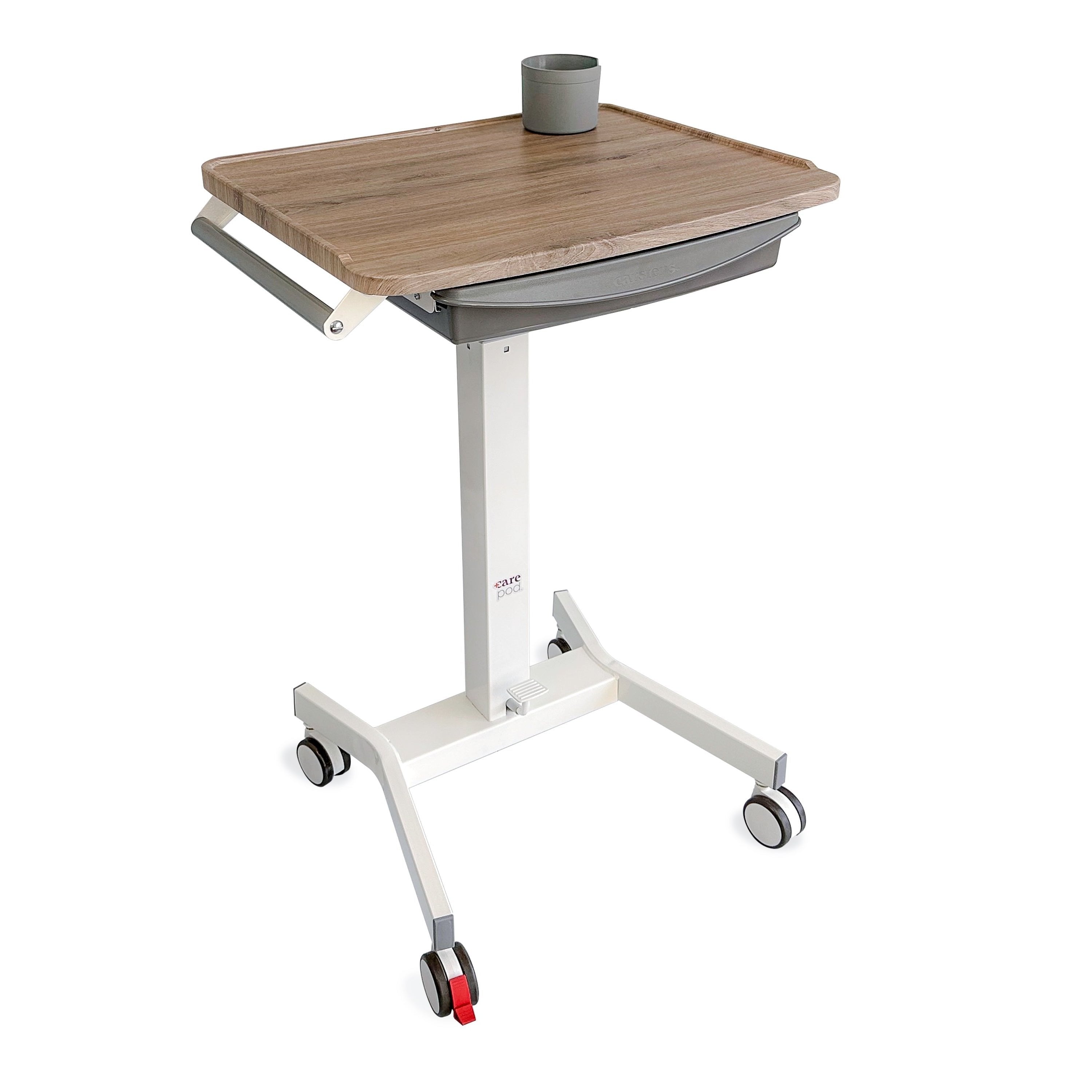Healthcare providers are familiar with the critical importance of adhering to HIPAA guidelines. Ensuring patient data privacy and security is not just a regulatory requirement but a cornerstone of trust in the healthcare profession. However, navigating the complexities of HIPAA can be daunting.
Maintaining a medical binder is one effective strategy to streamline compliance. Here are the essential elements that you should include in a HIPAA guidelines binder to help healthcare providers stay compliant and protect patient information.
HIPAA Policies and Procedures
The foundation of your HIPAA binder should be a thorough documentation of your organization’s policies and procedures regarding HIPAA compliance. This section should include:
- Privacy policies: Detailed descriptions of how your organization safeguards patient information.
- Security policies: Protocols outlining the measures to protect electronic patient data.
- Breach notification procedures: Steps to follow during a data breach, including timelines and reporting requirements.
Employee Training Records
Maintaining records of employee training sessions is crucial for demonstrating compliance. This section should contain:
- Training schedules: Calendars and logs of when you conducted training sessions.
- Training materials: Copies of the materials used during training sessions.
- Employee acknowledgments: Signed forms from employees acknowledging their understanding of HIPAA guidelines.
Risk Assessment and Management Plan
A proactive approach to identifying and mitigating risks, such as data breaches, is essential for ensuring any project or organization’s stability and success. It is important to include thorough documentation to address potential issues before they become problematic. You should include:
- Risk assessment reports: Results from regular risk assessments detailing potential vulnerabilities.
- Risk management plans: Action plans developed to address identified risks and enhance data security.
Business Associate Agreements
Any third-party service provider that handles protected health information (PHI) must sign a Business Associate Agreement (BAA). Ensure your binder includes the following:
- Copies of BAAs: Signed agreements with all business associates.
- Compliance documentation: Evidence that your business associates also comply with HIPAA regulations.
Incident Management and Reporting
Documenting incidents and the steps taken to resolve them is vital for compliance. This step ensures that you’re tracking all actions for future reviewing and referencing. This process maintains transparency and aids in identifying patterns and preventing future occurrences. This section should feature:
- Incident reports: Detailed accounts of any security incidents or breaches.
- Response actions: Document the actions taken to mitigate and resolve incidents.
- Follow-up reviews: Post-incident reviews to assess the effectiveness of the response and update policies if needed.
Audit Logs
Regular audits are essential for monitoring compliance and identifying areas for improvement. They ensure all processes and operations adhere to established standards and regulations. These audits include:
- Audit schedules: Timelines for regular internal and external audits.
- Audit reports: Findings from audits, including any corrective actions taken.
Knowing what to include in a HIPAA guidelines binder facilitates compliance and demonstrates your organization’s commitment to safeguarding patient information. Consider using ring binders for healthcare. These binders offer the durability and flexibility to keep your essential compliance documents secure and easily accessible for an organized and professional approach to managing your HIPAA documentation.
By taking these steps, you position your organization as a reliable and trusted provider dedicated to excellence in patient care and data protection.






